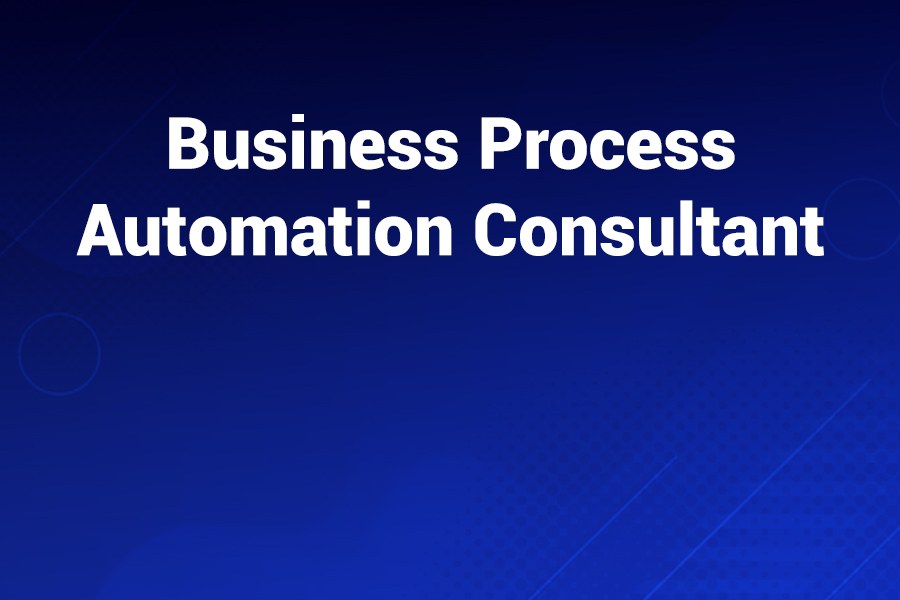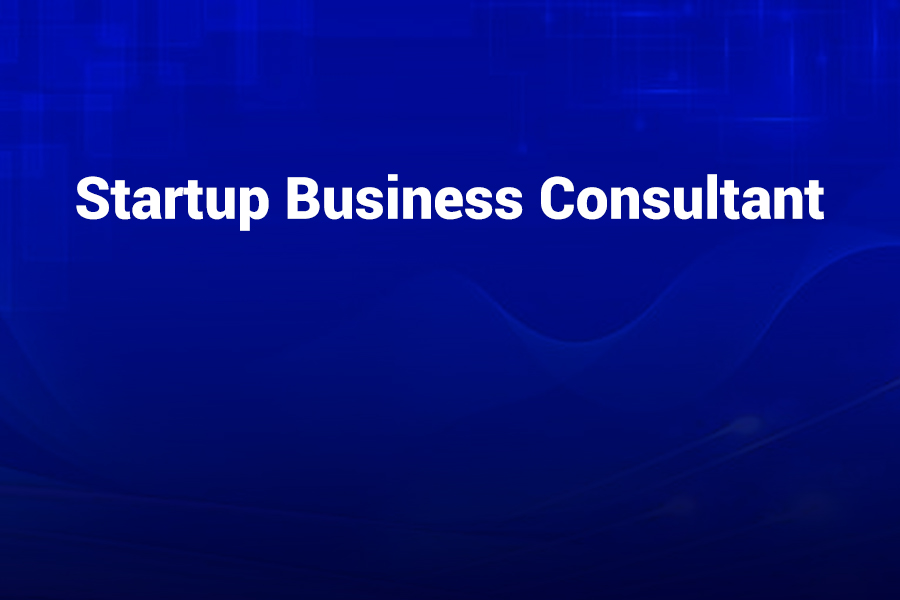- Home
- Services
- PedroVazPaulo Coaching
- PedroVazPaulo Marketing Consulting
- PedroVazPaulo Real Estate Investment Consulting
- PedroVazPaulo Operations Consulting
- PedroVazPaulo Entrepreneur Support
- Pedro Paulo Business Consultant
- PedroVazPaulo Executive Coaching
- PedroVazPaulo Business Consultant
- PedroVazPaulo Strategy Consulting
- PedroVazPaulo Wealth Investment Consulting
- Blog
- About
- Contact

In today’s rapidly evolving U.S. business landscape, companies face mounting pressure to operate with efficiency, adapt to change swiftly, and eliminate wasteful manual tasks. A skilled business process automation consultant stands at the intersection of strategy, technology, and operations to help organizations unlock these gains.
In this article, you will learn what a business process automation consultant does, why they’re critical today, how to choose one, what to expect in the process, and how to measure success — all grounded in recent industry data and proven practices.
What Is a Business Process Automation Consultant?
A business process automation consultant is a seasoned professional who partners with organizations to identify manual, repetitive, or inefficient workflows and deploy automation solutions.
These consultants map current processes, uncover bottlenecks, select appropriate technologies such as robotic process automation, workflow engines, low-code or no-code tools, and AI-based decision logic, and guide deployment, training, and change management.
In short, they aren’t just technical implementers — they bring business insight, change leadership, and operational discipline to ensure automations deliver meaningful impact. They help companies transition from ad-hoc task automation toward end-to-end process automation and orchestration, ensuring value flows seamlessly across functions.
Why Your Organization Needs One Right Now
Several compelling reasons make hiring or engaging a business process automation consultant a strategic move:
- Operational Efficiency & Cost Reduction: Manual processes are prone to errors, delays, and resource waste. Automation consultants streamline workflows so teams spend less time on repetitive tasks.
- Improved Quality & Compliance: With automated logic and consistent execution, organizations reduce human error and improve auditability and traceability of tasks.
- Faster Time-to-Market: Automating interconnected processes—such as customer onboarding, service activation, or order fulfillment—reduces cycle time and accelerates business responsiveness.
- Scalability & Innovation Enablement: Once foundational processes are automated, firms can scale operations more easily and free teams to focus on innovation and strategic initiatives.
- Data-Driven Insight: Automation brings better data, process visibility, and analytics, enabling leaders to make smarter choices, not just faster ones.
Recent reports show that leading firms have experienced over 25% improvements in key performance metrics after implementing intelligent automation programs.
Core Roles & Expertise of the Consultant
When you engage a business process automation consultant, here are the primary roles and areas of expertise they bring:
- Process Audit & Discovery
The consultant starts by mapping existing workflows across departments, assessing process importance, frequency, time consumed, and cost. This establishes what to automate first and where to gain the highest ROI. - Prioritization & Road-mapping
Using the assessment, they prioritize process candidates based on value, feasibility, and risk, and build a phased roadmap with milestones and KPIs. - Technology Evaluation & Selection
They advise on the right automation tools — workflow platforms, RPA bots, low-code or no-code solutions, AI or ML modules, and integration engines. - Solution Design & Build
They design the automation solution architecture, coordinate development, test workflows, validate business rules, and prepare for launch. - Change Management & Training
Automation isn’t purely technical — it affects people, roles, and business culture. A consultant guides training, governance, and stakeholder adoption. - Monitoring, Optimization & Scale
Post-deployment, they oversee performance tracking, tune the automation, expand scope, and integrate continuous improvement.
How to Choose the Right Consultant
Selecting the right business process automation consultant is foundational to success. Here are key selection criteria:
- Industry Experience & Process Depth: Look for consultants with deep experience in your industry or functional domain.
- Technical Versatility: Ensure they are fluent in multiple automation technologies, from RPA to AI and low-code platforms.
- Data & Analytics Orientation: A top consultant not only automates but builds analytics and reporting into the process.
- Change Leadership: Culture and people are the hardest part of automation. Ensure the consultant has strong change-management skills and stakeholder engagement strategies.
- Return-on-Investment Focus: They should articulate expected cost savings, time savings, error reductions, and metric gains.
- Sustainable Support Model: Beyond rollout, automation needs operations, governance, and refinement — check their post-launch support model.
What to Expect from the Engagement Process
Below is a typical engagement timeline for an automation consulting project:
- Weeks 1–2: Discovery & Process Mapping
The consultant meets stakeholders, maps current processes, and gathers data on effort, frequency, and cost. - Weeks 3–4: Opportunity Identification & Prioritization
Identify high-impact automation candidates, build a business case, and propose a roadmap. - Weeks 5–8: Design & Pilot Build
Select one or two high-value processes, design workflow, build pilot automation, and test it in a controlled environment. - Weeks 9–12: Deployment & Training
Launch the automation into the live environment, train users, and establish governance and monitoring. - Months 3–6: Optimization & Expansion
Monitor metrics like cycle time, error rate, and cost per transaction, optimize workflows, and plan for scaling.
Key Metrics to Track
To assess the success of an automation initiative, your consultant should help establish and monitor KPIs such as:
- Reduction in manual steps
- Decrease in process cycle time
- Reduction in error or rework rate
- Cost savings from labor hours
- Employee time freed for higher-value work
- Productivity improvement
- Percentage of process volume automated
Common Mistakes to Avoid
Even seasoned organizations can stumble when automating. To ensure success, avoid these pitfalls:
- Automating the wrong processes with low impact
- Treating automation as a one-time project instead of an ongoing program
- Ignoring the people and change-management aspects
- Selecting technology before understanding process redesign needs
- Failing to establish governance and monitoring
- Overlooking data quality or integration complexity
Advanced Trends & What’s Next
Based on decades of industry experience, several trends are shaping how business process automation consultants operate:
- End-to-End Intelligent Automation: Consultants now integrate RPA with AI, machine learning, and workflow orchestration to create nearly touchless processes.
- Low-Code/No-Code Platforms: Businesses expect faster automation build times, so consultants use platforms that allow non-technical staff to contribute while maintaining standards.
- Process Mining & Discovery: Analytics tools uncover hidden process variations and bottlenecks before automation begins.
- Scaled Automation Governance: Enterprises now establish frameworks to automate safely and consistently across departments.
- Human-Machine Collaboration: Modern automation emphasizes collaboration, where humans handle exceptions while bots handle routine work.
How Much Does It Cost & What ROI Can You Expect?
Costs vary widely depending on process complexity, volume, technology stack, and scale. Many organizations report full ROI within months for high-volume, repetitive workflows. Large-scale automation engagements can achieve 25% or greater reductions in processing time and 50% or greater reductions in rework.
When budgeting, include consultant fees, technology licensing, internal resources, integration work, and post-deployment support. The key is to align costs with measurable outcomes — each hour of manual labor eliminated translates into real savings or redeployed talent.
Case Example Snapshot (Hypothetical for U.S. Firm)
Imagine a mid-sized U.S. insurer processing customer claims with multiple manual steps. A business process automation consultant mapped the current process, identified 20 manual handoffs, and prioritized automating claim intake and document indexing. After deployment:
- Cycle time reduced from 15 days to 1 day
- Rework rate dropped by 50%
- Staff time redirected to customer-centric work
- Annual labor cost savings reached six figures
Best Practice Tips for Executives
- Engage the consultant early, before selecting tools.
- Involve both business owners and IT to prevent silos.
- Start with a pilot that demonstrates quick value.
- Build governance and continuous improvement loops.
- Track metrics rigorously and communicate results.
- Manage the change curve transparently, reskilling staff as needed.
Conclusion
If your organization still relies heavily on manual, repetitive workflows, bringing in a high-caliber business process automation consultant can be a transformative decision. They act as the bridge between business strategy, operational excellence, and technology execution.
By choosing wisely, planning carefully, and executing with discipline, you can unlock significant efficiency, quality, and strategic benefits. A consultant isn’t just a vendor — they’re your partner in building a smarter, scalable, and future-ready business model.





